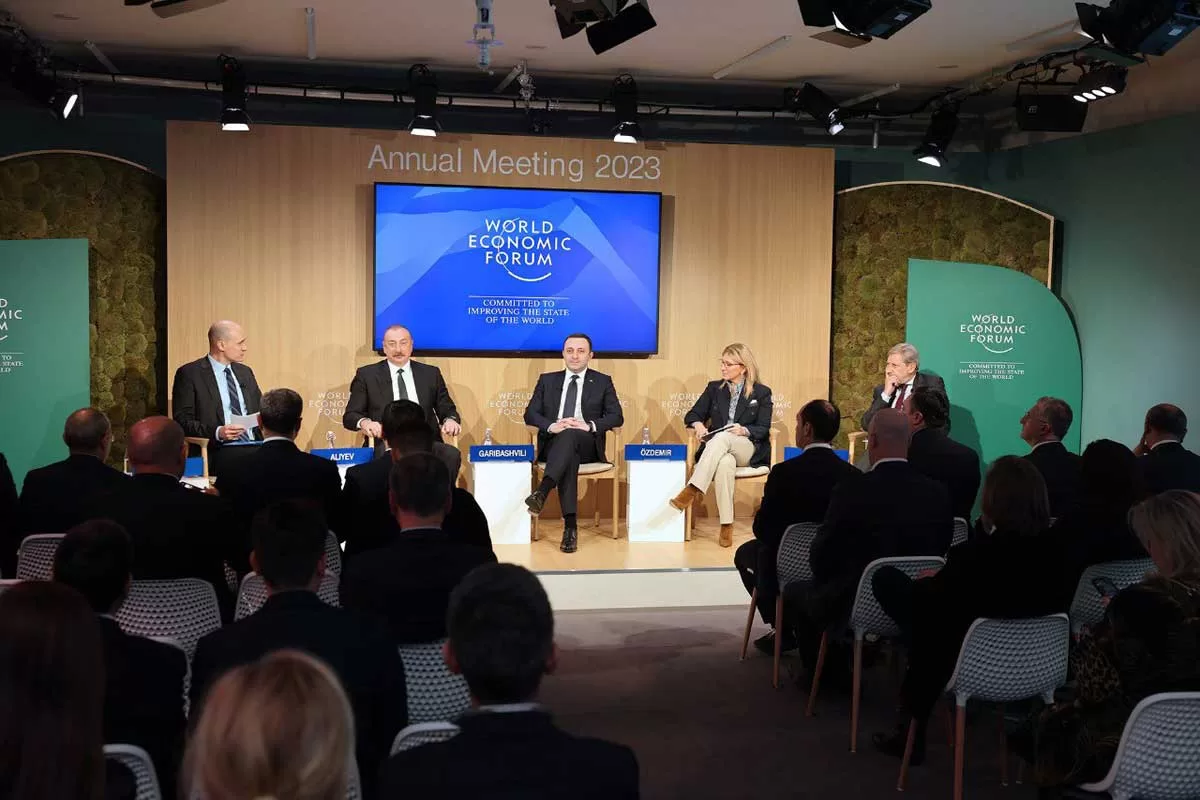This presents a unique opportunity for Central Asian countries to shift from the periphery to the center in the evolving landscape of trans-Asian trade. Transit via Central Asia, the Caspian Sea and the Caucasus has always been a viable option for trade but has long struggled to compete with other well-established routes – examples include the Northern route and shipping routes through the Red Sea and Suez. If the middle corridor is to stand a chance in rivaling these routes, it must increase its capacity. This however will not be possible without the necessary investment and cooperation.
As tensions escalate globally, shipping capacity through the Red Sea is estimated to have decreased by 20% at the end of 2023, with ships being routed around the Cape of Good Hope and experiencing significantly increased transit times. Similarly, since the onset of Russia’s invasion of Ukraine, transit via the Northern route has decreased somewhere around 40%, as sanctions and regional instability take their toll.
To address these security risks which threaten global supply chains, investment must be funneled into the expanding routes like the middle corridor, which at the moment transits only 10% that of the Northern route.
This fact is well known to decision makers in the EU. A 2023 EU Commission study, focused on the “sustainability” of transport connections with Central Asia concluded that €18.5 billion would be needed to enhance the corridor network. The benefit of an expanded “middle corridor” is clear, as it not only opens up a new market for the long term, but also represents a chance to further secure Europe’s energy supply, which remains precarious even after years of readjustment. To this end, recent months have seen a visit of Kazak President Kassym-Jomart Tokayev to Germany and a tour of Central Asia by French President Emmanuel Macron, in both instances trade connectivity was a key issue.
Meanwhile, the interest and engagement with the corridor project has also grown on the other side of the corridor. In Central Asia, the need for investment has been clearly recognized, and leadership in both the private and public sectors are making a concerted effort to foster economic cooperation and awareness across the region. Kazakhstan is leading the way in this regard by hosting the Astana International Forum, which brings together the global private and public sectors to discuss the issues of global supply chains amongst other consequential challenges facing the international community. This demonstrates that Kazakh leaders are working to establish Central Asia as the driving force behind the middle corridor. Uzbekistan is following a similar strategy, investing in infrastructure to service the middle corridor.
With that said, there remain a number of obstacles facing the corridor project moving forward. Prime among these are the complex geopolitical implications of expanding the corridor across Central Asia and the Caucasus. Other regional players such as China, Russia and the Gulf States have yet to define their position on the project and could very well view it as threatening to their interests. Their ultimate decision could deeply impact an initiative which is dependent on broad international cooperation.
Another key question facing the project is whether the corridor is simply a transit route, or a method of deeper regional integration. Countries like Georgia, which has just been granted EU candidate status and lies on the corridor route, might view the project as an opportunity to draw closer to Europe. Other countries may reject out-of-hand any version that goes beyond a transit route. The project becoming a “soft power” tool for any nation or bloc could fundamentally catalyze division amongst interested parties.
For the moment, these concerns remain abstract with the World Bank report setting the corridor’s first milestone in 2030. The project’s development will be crucial to monitor, particularly in light of growing global supply chain instability. While it presents an immense opportunity for Central Asian countries, the project’s success hinges on overcoming geopolitical challenges, securing international cooperation, and addressing whether it will be a transformative force for regional integration or simply a transit route.
